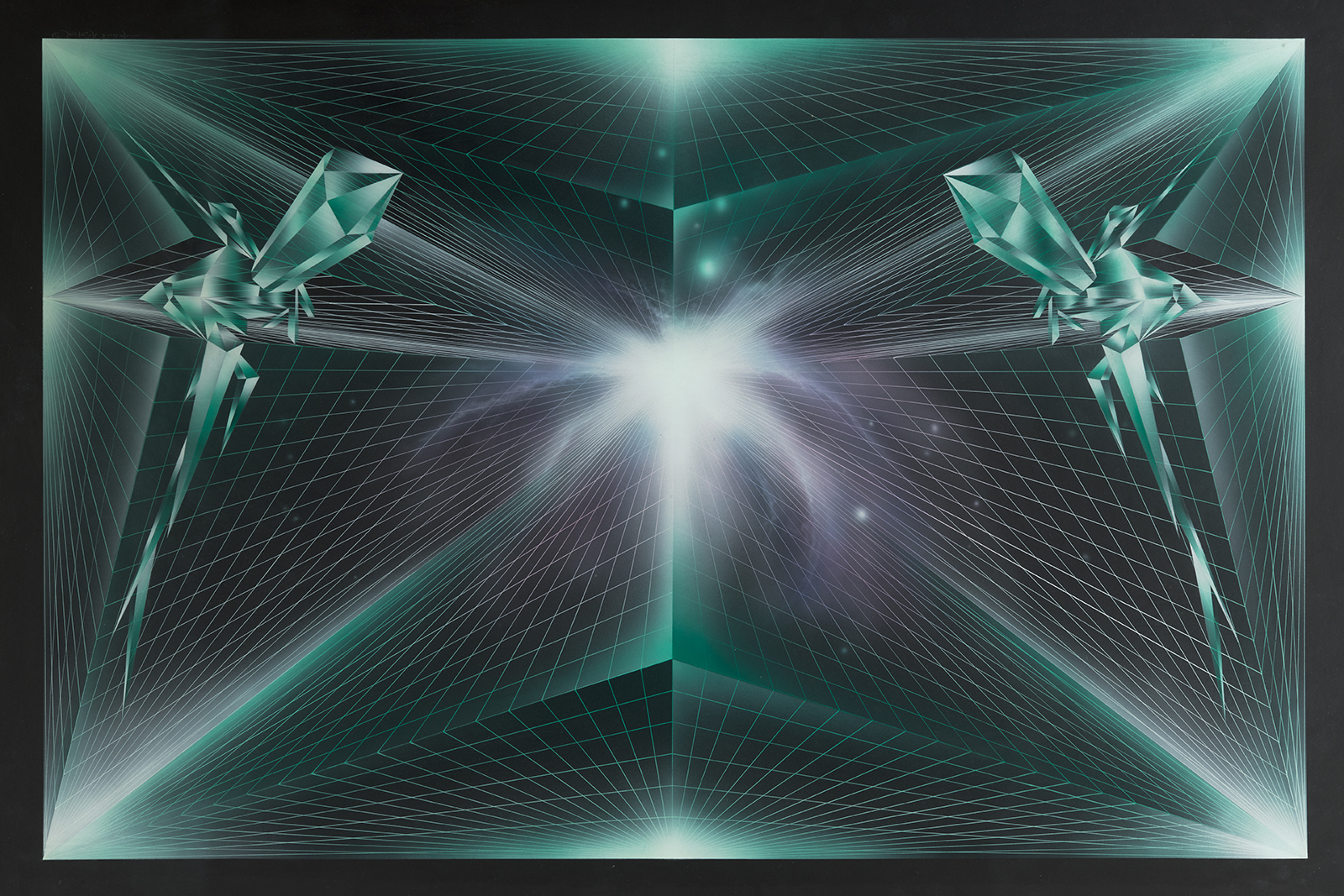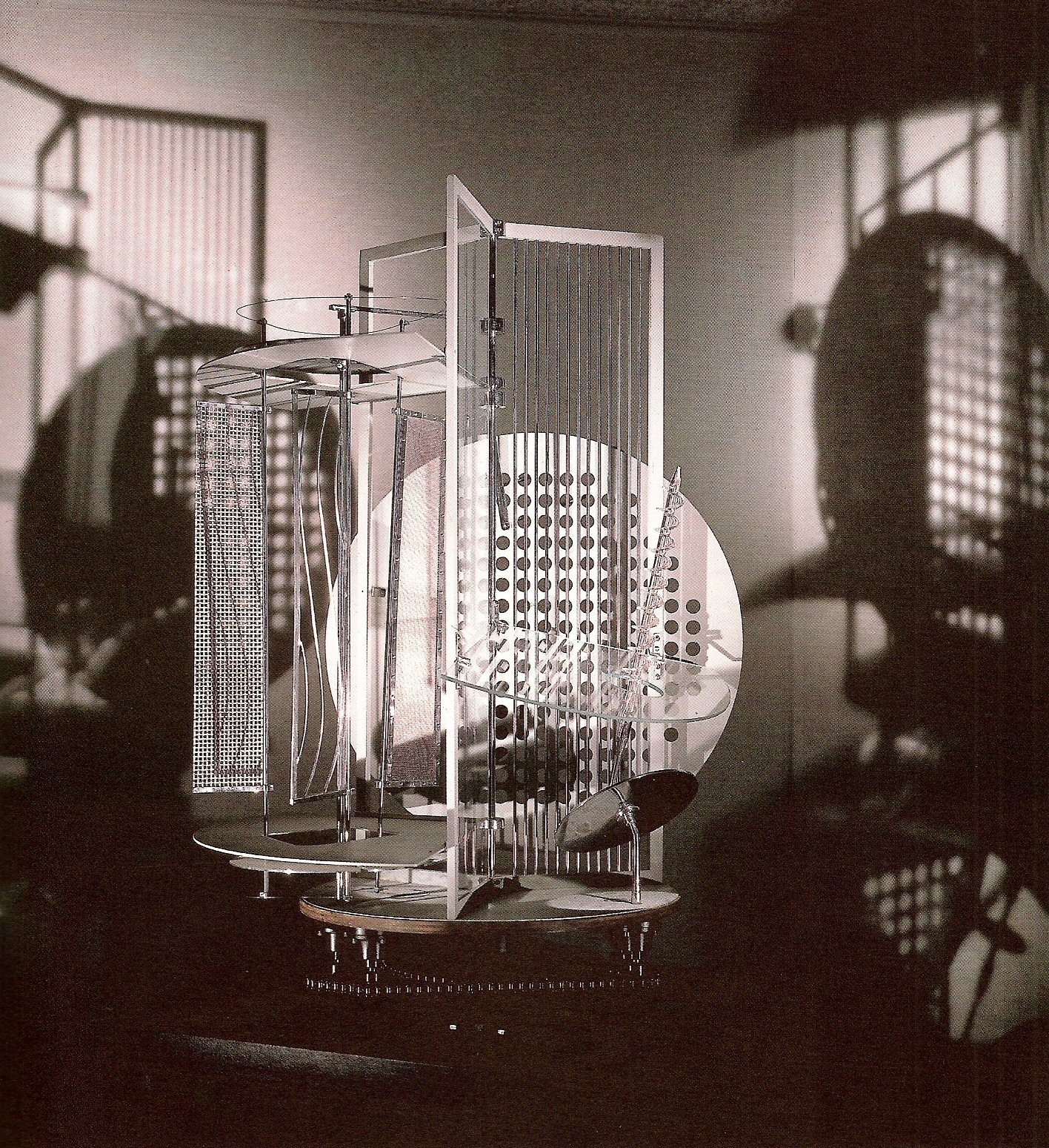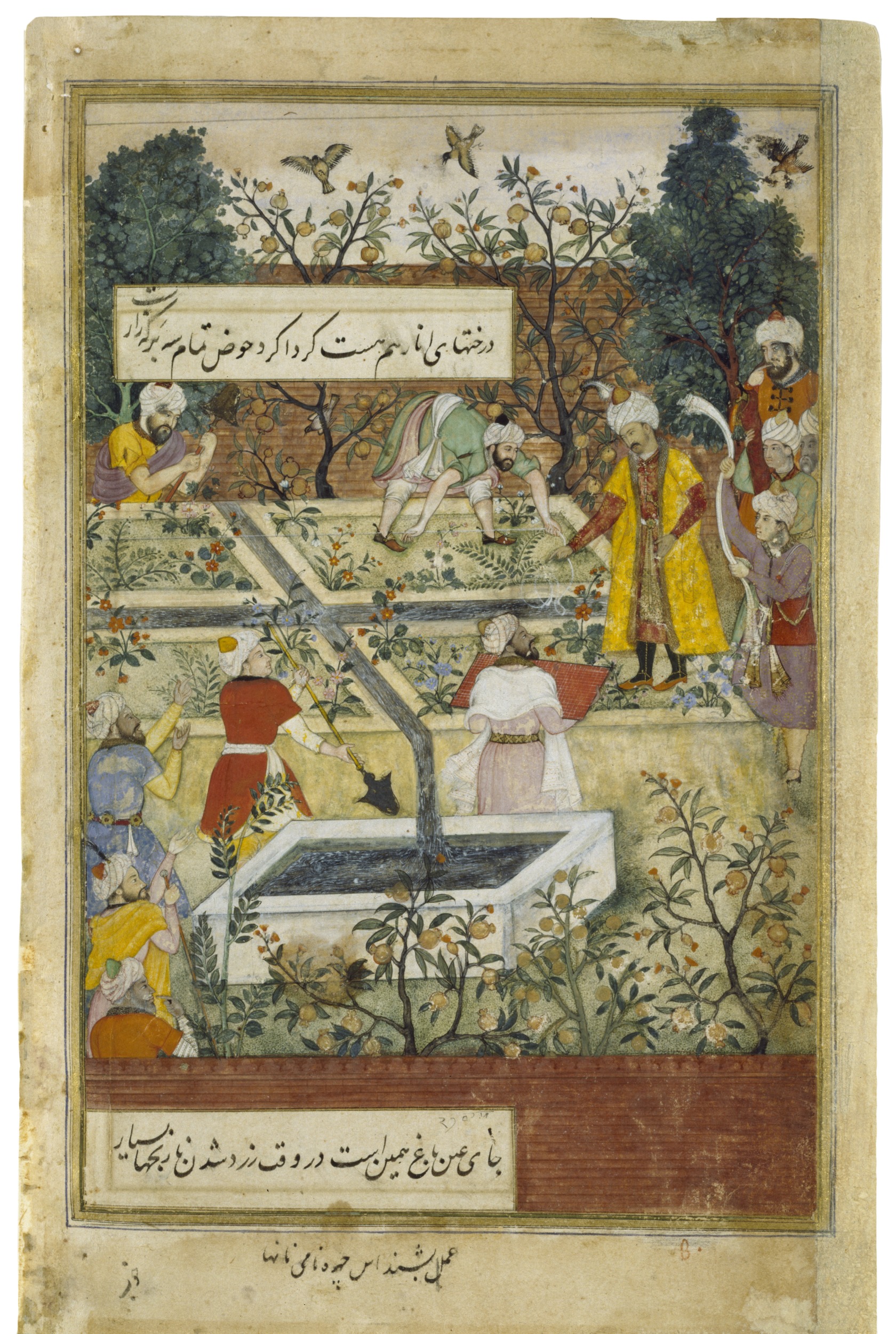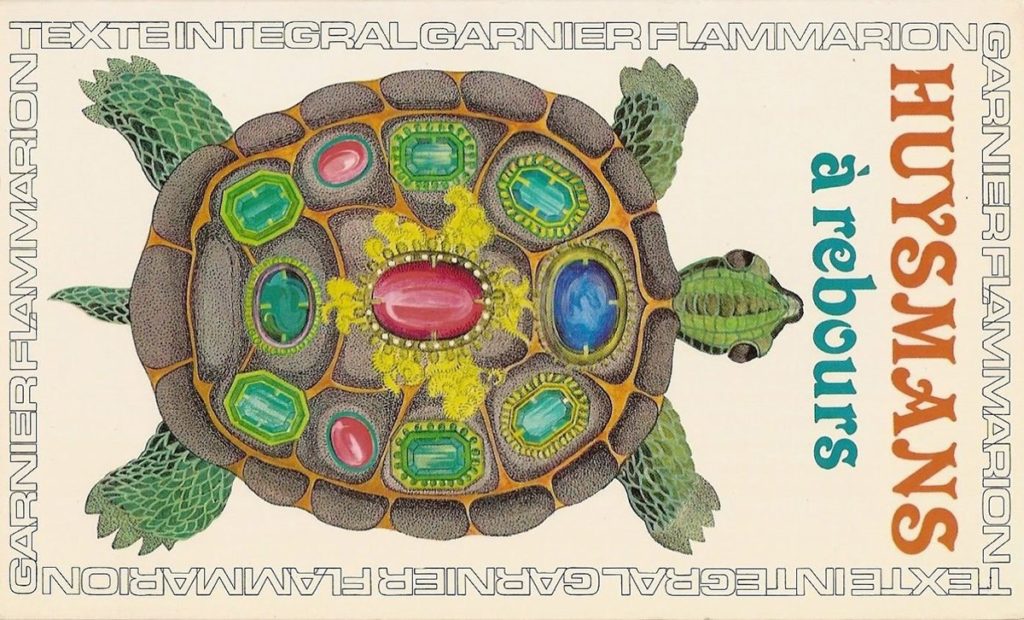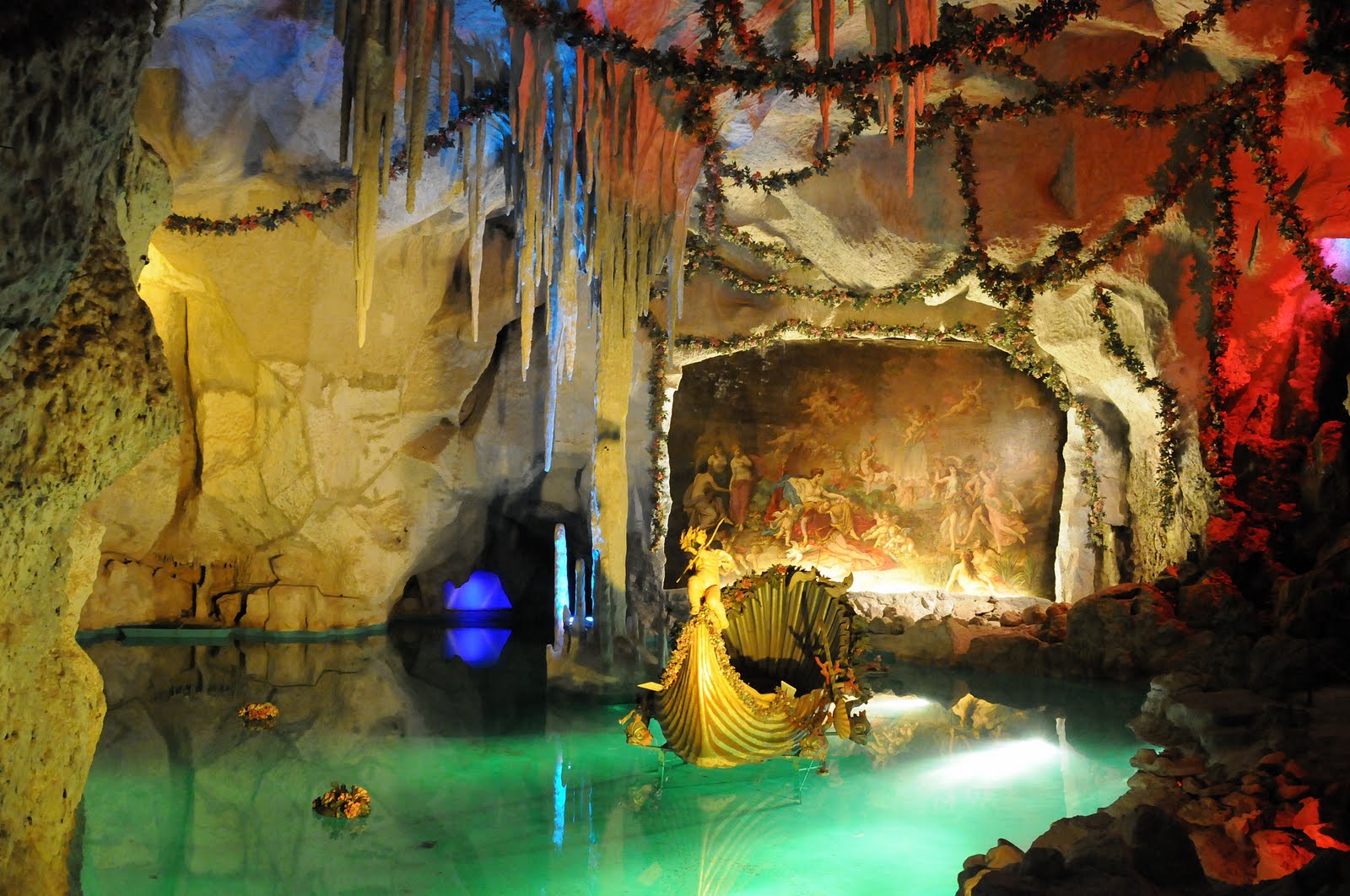Untitled (Dearest Mehraneh)
May, 2018
Dearest Mehraneh,
I hope this finds you in good spirits. On my last visit to Amsterdam a few weeks ago I had the opportunity to view your Entropy Pump included in the exhibition curated by participants of the De Appel Curatorial Programme. The kinetic components, which included a holographic heart covered in dead leaves, along with projected images, revolving constellations, and grating, crackling sounds created an immersive environment within the cave-like space that I thoroughly enjoyed navigating. While the overall aesthetic –and atmosphere– was uniquely your own, Entropy Pump reminded me of a reconstruction of László Moholy Nagy’s Light Space Modulator that I once viewed; a dancing machine that moves in repetitive rotational patterns and transforms the space which it inhabits, projecting celestial bodies onto walls and ceilings. This recent encounter with your work was one of several I’ve had over the past few years in numerous venues, at different times of day, in varying states of mind.
I feel that I’m beginning to recognise certain patterns, tendencies, and strategies in your practice which I find particularly interesting. The first time that I met you, you may remember, was on the occasion of your solo exhibition, Ask the Birds in the spring of 2016, also in Amsterdam. Similarly, the use of light is what I recall most vividly from that experience, particularly how the appearance of your sculptures changed over the course of the evening. The use of transparent and reflective materials served to refract and diffract light, giving the sense of a physical presence in flux. As the natural light faded, areas of the gallery remained unlit, and the ensuing darkness revealed aspects of the work that were previously invisible. This sense of contingency was certainly a distinguishing factor of the new, multifaceted opus I encountered in your studio late last year. Upon entering the studio I was struck by the sheer visual excess of the environment that confronted me, which for several reasons instantly evoked a garden. The multicoloured assemblages made from a profusion of plastic and polyvinyl which dominated the studio; the superabundance of Day-Glo latex and polyurethane in metallic hues sprawled across the floor in a variegated carpet; even the aggregates made from similar materials hung from the walls were like a sheltering arbor for the synthetic thicket in which I stood that winter morning. The myriad organisms inhabiting the florid enclosure were resolutely synthetic and certainly not of the plant kingdom. Nevertheless, they seemed like some form of freakish flora or fungi and were unified by what Bataille referred to (in The Language of Flowers) as an ‘obscure vegetal resolution’.
I imagine that this work exists in a constant state of emergence, perpetually changing or being altered according to the environment in which it is displayed. One aspect that makes it seem particularly alive and gives it a sense of vitality –despite the fact that it is comprised of inanimate materials– is the pervasive appearance of viscosity. Would I be correct in thinking that this work is something of a departure for you in terms of the extent to which you have made the actions and processes applied in the course of its production so explicitly visible to the viewer? The lava-like aesthetic suggests some sort of molten ooze that has set or stilled upon cooling. One is aware that these works have resulted from manual movement; piling, splashing, dripping, and pouring. It appears as though previously seething materials have been arrested; wax, lipids, plastic, or tar have been seized in their movement. This brings to mind the ideas expressed by Robert Morris in the 1968 essay ‘Anti Form’, in which he champions art that emphasises process and highlights the unpredictable characters of certain types of materials. Morris describes how ‘considerations of gravity become as important as those of space. The focus on matter and gravity as means results in forms that were not projected in advance. Considerations of ordering are necessarily casual and imprecise and unemphasised. Random piling, loose stacking, hanging, give passing form to the material. Chance is accepted and indeterminacy is implied, as replacing will result in another configuration.’
Looking at this new body of work, one feels you’ve taken pleasure in the jouissance of working with the materials and with colour in a manner that is unprecedented in your oeuvre. Plastics in livid and juicy hues are splashed, poured, and dotted in gestural swathes, mixing and marbling into biomorphic blobs. I imagine you engaged to some extent with automatic processes that allow you to surrender certain aspects of your methods to chance. In this new work it appears you are eager to underscore the sense that the materials that you used are in a perpetual state of flux; This brings to mind feminist theorist Elizabeth Grosz’ writing on ‘the thing’ from 2001, in which she states, ‘the thing is born in time as well as space. It inscribes a specific duration and concrete boundaries within the broad outlines as temporal succession or flow and spatial mapping. It emerges out of and as substance. It is the coming into existence of a prior substance or thing, in a new time, producing beneath its processes of production a new space and a coherent entity.’ The materials from which this installation is made -but also the forms depicted- suggest some form of biomass; a living entity that possesses vitality. I’ve been wondering, what do you see the role of the viewer being in relation to this mise-en-scène? An actor perhaps?
Undoubtedly, my response to your work has been shaped by the fact that I’ve been reading about gardens rather a lot in recent months. In particular I’ve been focusing upon representations of gardens featured in religious texts such as the Eden of the Bible, Jannah of the Qur’an, the Gulistan imagined by 13th century Persian poet Sa’di, and the Secret Garden of the Kabbalah. Ultimately, all these gardens can be described as various forms of paradise that relate in some way to the idea of an afterlife or heavenly realm. They may also be viewed as metaphors for the birth of consciousness and self-determination. In some cultures, such as that of Zen Buddhism, gardens are utilised as sanctuaries for meditation and laid out according to specific patterns considered conducive to silent illumination. The history of art features numerous examples of artists using the motif of the garden to explore otherworldly, exotic, and occasionally erotic subject matter. I’m aware that the motif of the garden has featured previously in your work (such as the video Gulistan from 2011), but that it has been taken to a new level in this recent work, evoking as it does an inclusive Arcadia where all life forms coexist in tranquility, but also a zone of transgressive play; a site of communal cohabitation and discovery from which new creatures may emerge.
I’ve been thinking of how the presence of the animals lends this work a particularly Edenic character. There seems to be avian consciousness, the horizontality of which dictates that it be viewed from an aerial or bird’s-eye perspective. One feels as though birds are looming over a landscape and seeing this ark of animal imagery: faux-leather creatures stitched to a beach towel and fleshed out with foam. In the same way that the synthetic flowers do not possess organic life, these animals imbue the work as a whole with a strange sense of vitality. The concept of viriditas, as proposed by Hildegard von Bingen, the 12th century visionary, composer, writer, and saint, seems relevant here. Von Bingen believed that the earth could become a garden where humanity could converse with the divine. For von Bingen the world of plants was a zone where mystical experiences were perceived via physical sensation; where ‘spiritual’ and ‘worldly’ spheres unite. Although she wrote botanical, medicinal, and musical texts, von Bingen is most renowned for this aforementioned concept of viriditas: a life-force (perhaps akin to prana or qi) infusing all creation, including humankind, with vitality. This notion of a vitality or life-force that animates the natural world and is visible in every leaf and blade of grass encapsulates von Bingen’s belief in the divinity of nature: the possibility that all living organisms are fundamentally unified and that mystical truths are reflected through the fecundity of the natural world. Moreover, von Bingen’s idea of viriditas -which acknowledges the very real possibility of non-human sentience by suggesting that the world of plants possesses consciousness- might be seen as representing an extremely poetic and subjective form of animism.
In this new body of work that I’ve been referring to as the Ludic Garden there is an extremity to the layering and combining of iridescent materials that borders on tacky. The profusion of gaudy hues and shimmering surfaces creates a carnivalesque world of excess. The full-on fluidity of alluvial textures conveys a certain sensuality, or perhaps a more appropriate word would be decadence? Indeed, there is much about your latest work that lends it a very particular decadent character. On that bleak winter morning that I visited your studio I was reminded of several of my favourite vignettes from J.-K. Huysmans Á Rebours (Against Nature). The book was published in 1884 and embraced immediately as epitomising the decadent movement in art and literature. The protagonist of this literary gem is the Duc des Esseintes, an aristocratic aesthete who withdraws from society into a self-made sanctuary of aesthetic beauty. Finding daylight unbearably shrill, the jaded, misanthropic Duc lives by night, staving off crushing ennui by spending all his time and money on obscure, extreme, and perverted pursuits. For obvious reasons two very particular aspects of the crepuscular world of Á Rebours came to mind during our studio visit. Your work reminded me of the Duc’s obsession with the freakish flowers which he cultivates but even more so of the rather sad tortoise which he has encrusted with gemstones and diamonds. Unsurprisingly, this embellishment results in the death of the tortoise since it cannot move under the weight of the decorated shell. One sees similar things in this realm that you have ‘grown’ in the blobs of gold encrusted with jewels; the gossamer fabrics studded with coloured pearls that partially veil the face of a monkey and the many eyes that stare. These elements evoke the Orientalism that was coupled to much of 19th century decadence. Moreover, these details highlight that slippage in your work between the animate and the inanimate.
I’ve always thought that mad duke of Huysman’s novel is more than a little like the famously reclusive King Ludwig II (1845-1886), remembered today via opulent fairytale castles constructed during his reign. Ludwig’s tragic existence illustrates the pursuit of luxury as a means of escape. He spent much of his reign sequestered inside extravagant environments decorated with elaborate murals depicting the legends upon which Wagner’s operas were based. In the 1870s Ludwig commissioned his Venus Grotto at Linderhof Palace in Bavaria; this consisted of an artificial water cave illuminated by a spectrum of electric light, through which Ludwig would drift in his golden gondola which was adorned with sculptural swans. While these kitsch constructions might be seen as excessive, they provided the psychologically fragile Ludwig with asylum. Ludwig, who was often referred to as the Swan King once proclaimed, ‘It is essential to create such paradises, such poetical sanctuaries where one can forget for a while the dreadful age in which we live.’
Ludwig’s life seemed to vacillate between the contrasts of the natural and the artificial, or the natural taken to such synthetic ends that it became sublime; a vertiginous artifice. Ludwig was clearly a fan of the visual, of merging together the natural and the artificial into weird hybrids that seem to prefigure a contemporary sensibility. This seems relevant to your work and the way in which it interrogates the definition of what nature really is. The fictional world of the Duc Esseintes and the almost fictional but horribly real world of Ludwig were of course places of privilege, and every fragment of their existence was constructed from the most precious and refined of worldly matter. In contrast, the world of sculptural construction that you created is formed almost exclusively from what might be referred to as low materials. And yet, the way in which you have treated and transformed them makes their original function only slightly relevant in that they become components within a new organism. My encounter with Ludic Garden reminded me of the flotsam and jetsam that wash upon on the shoreline after a particularly heavy storm; however, these objects are not presented in the manner of symbolic totems but instead assume new characters in your sprawling assemblage. The split dildo ceases to be what it was and instead becomes the erect member of some diabolically beautiful hermaphroditic mutant. Your ‘denaturing’ of domestic objects seems particularly interesting in this context. Sex objects and latex hands combine to create a seething, swilling biomass. This new work of yours and the conversations that we have had around it have proven to me that roots will clutch and branches will grow from the wastelands of today. Having explored the seductive bricolages that you have made from the lagan and derelict of 21st century life, I feel that I can return to the scrap heaps of hypermodernity revived. I’m looking forward to getting myself back to the garden. Sending fondest regards,
Pádraic
